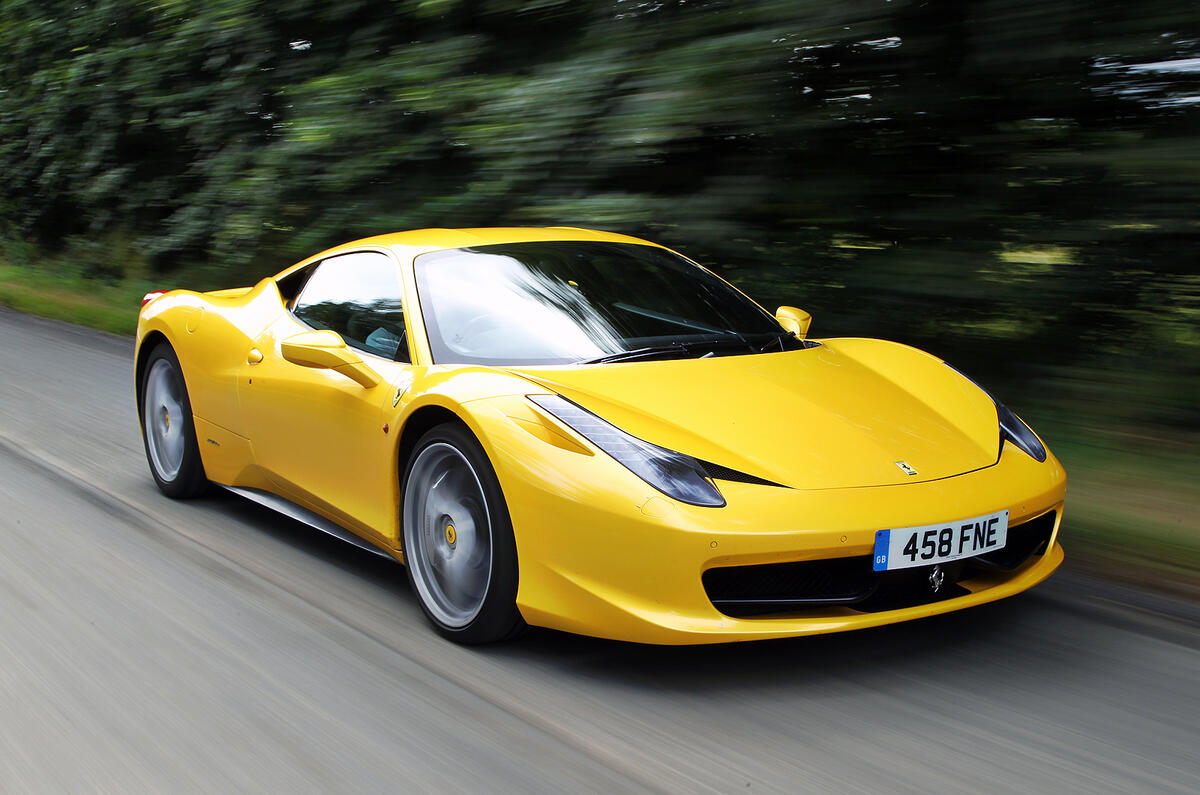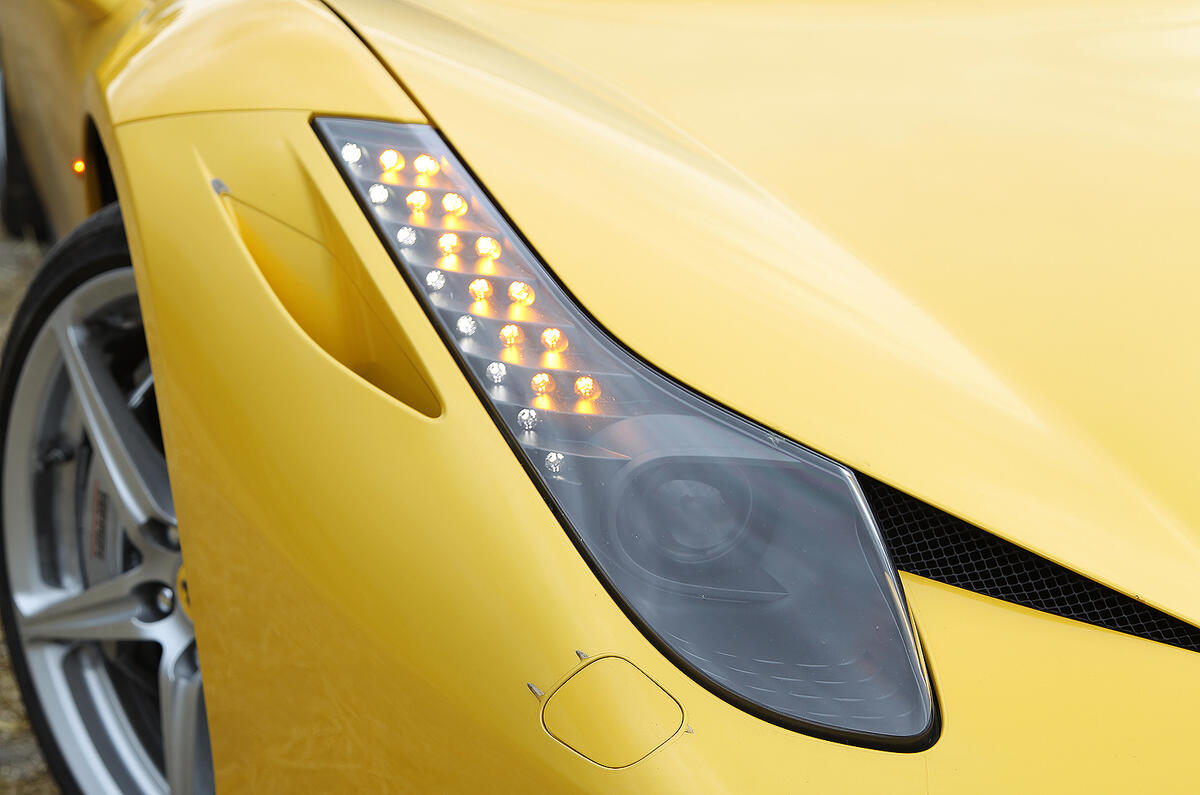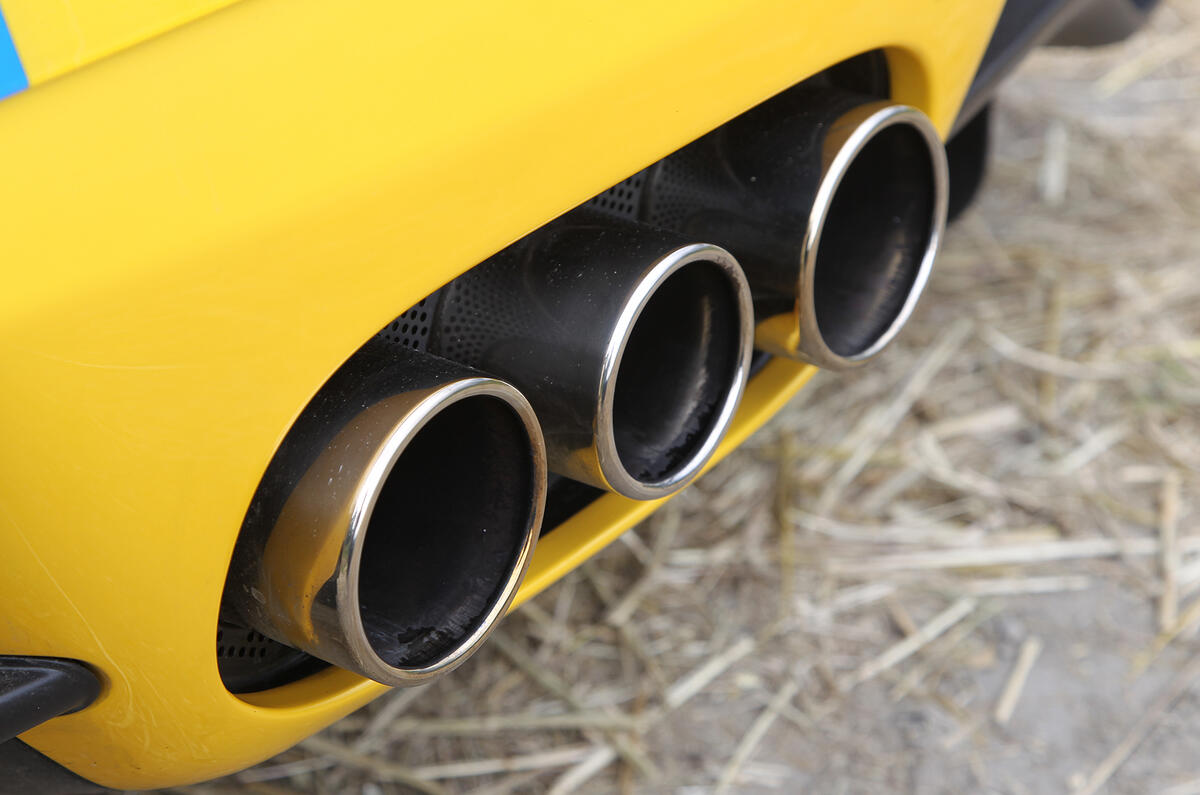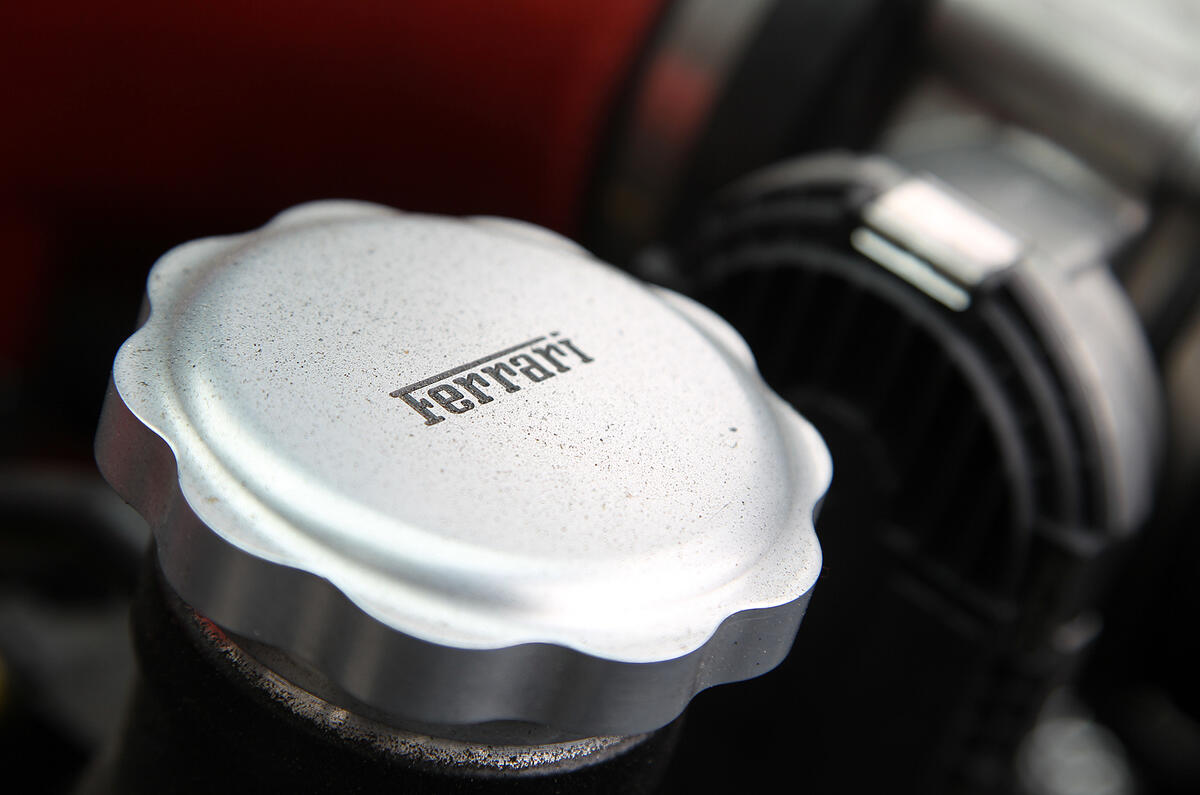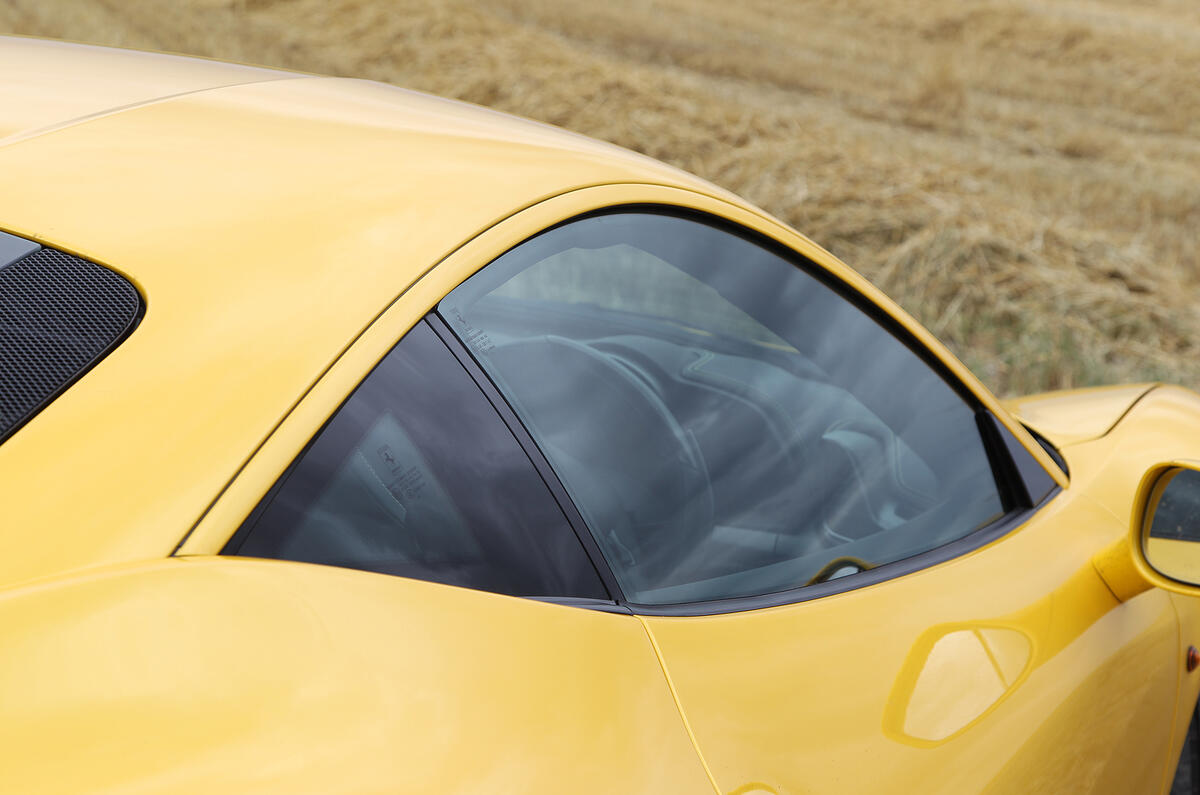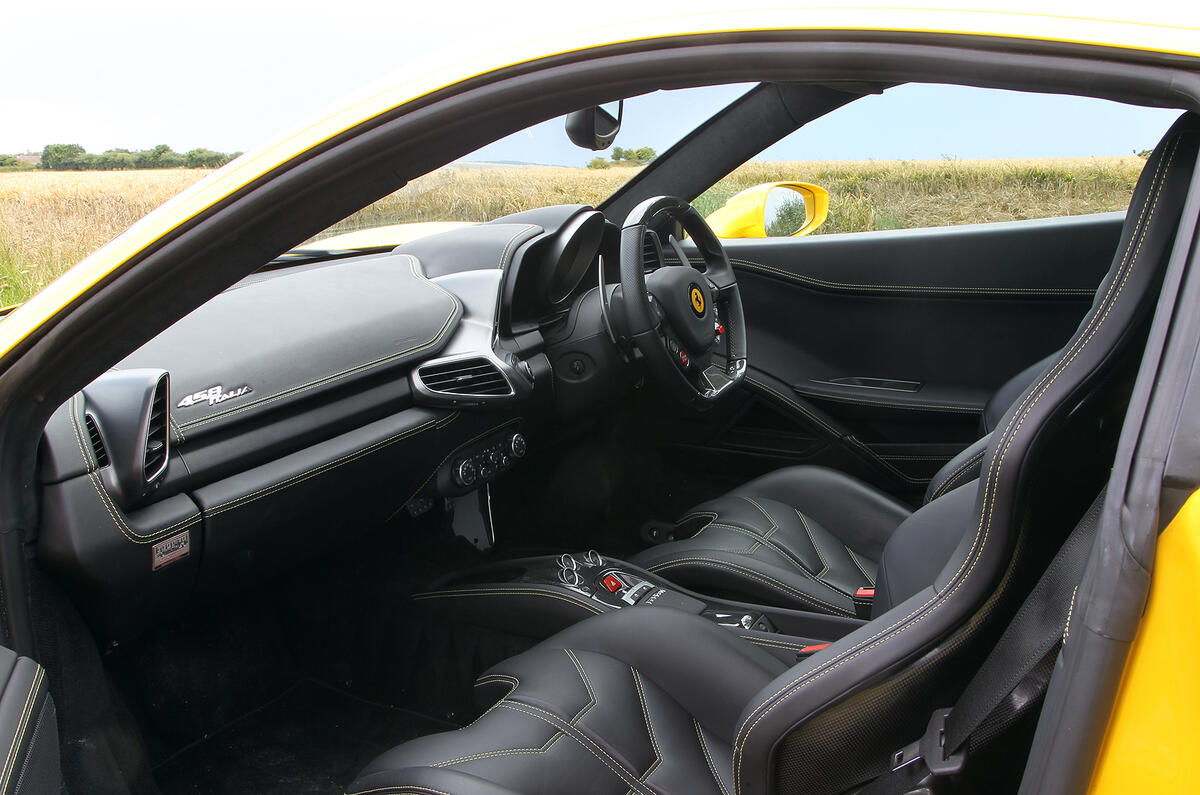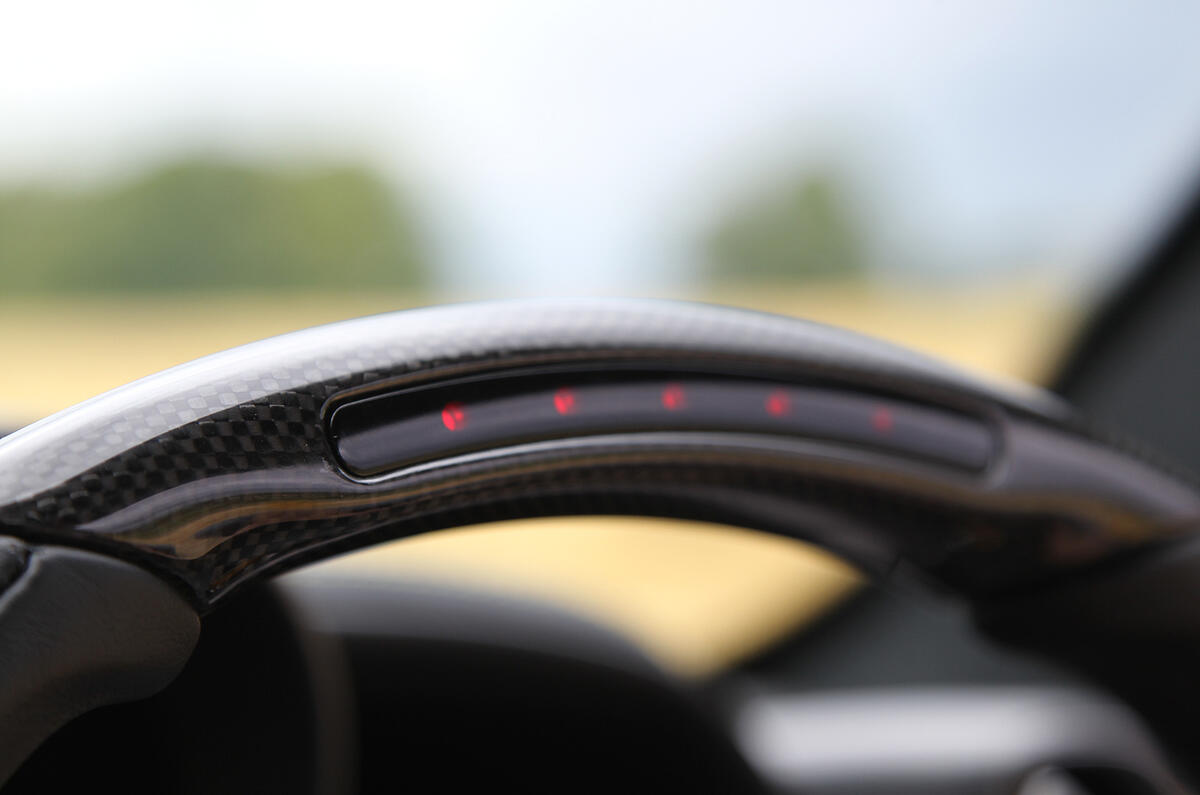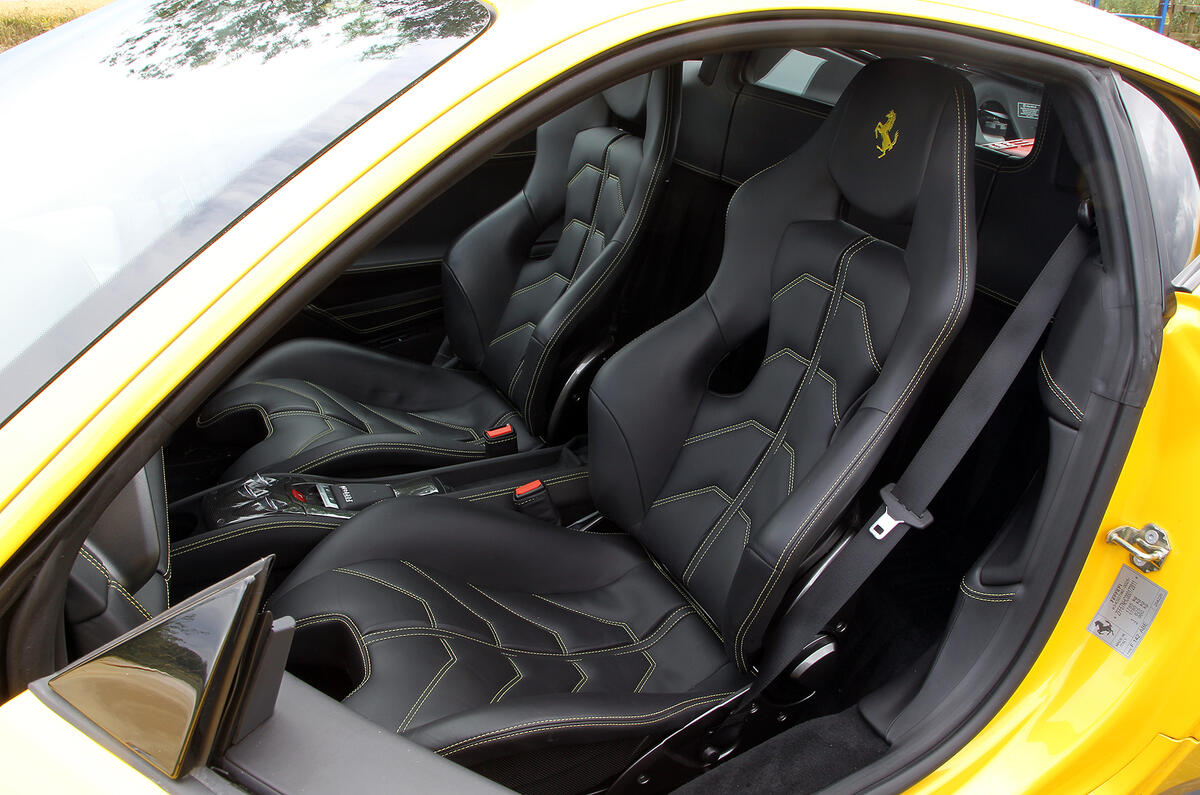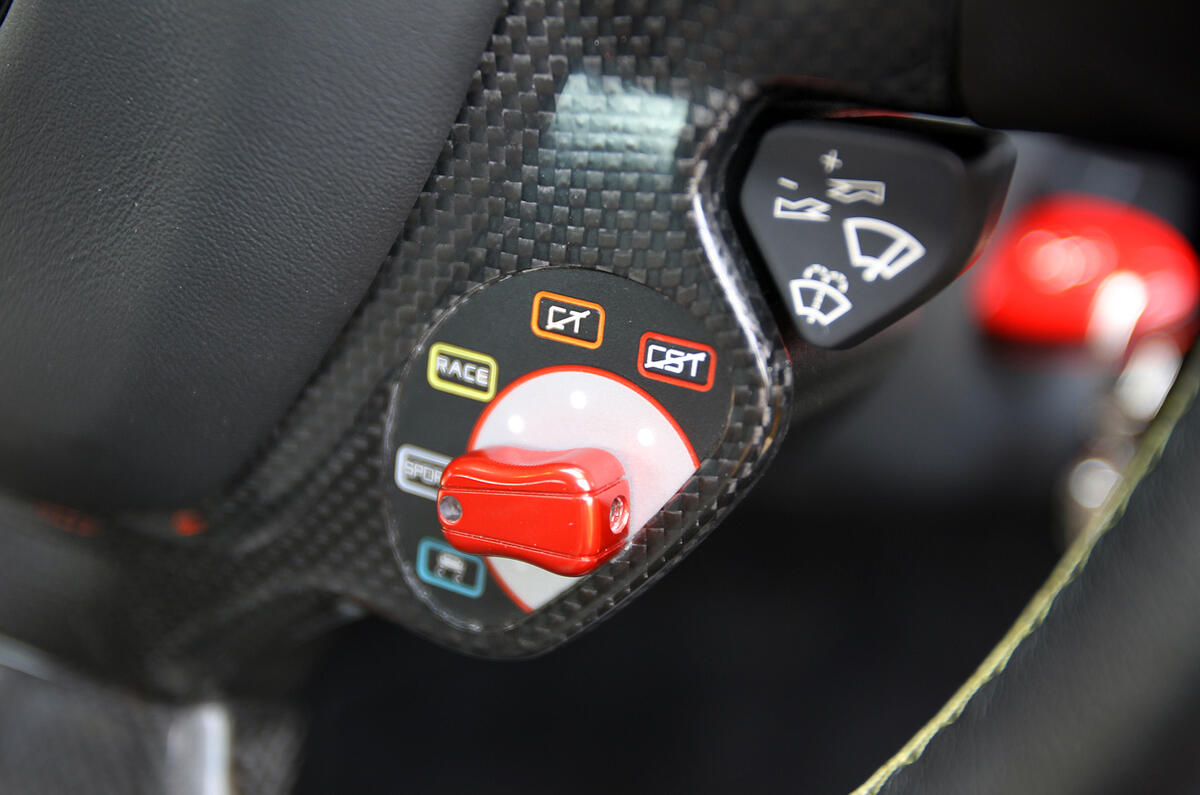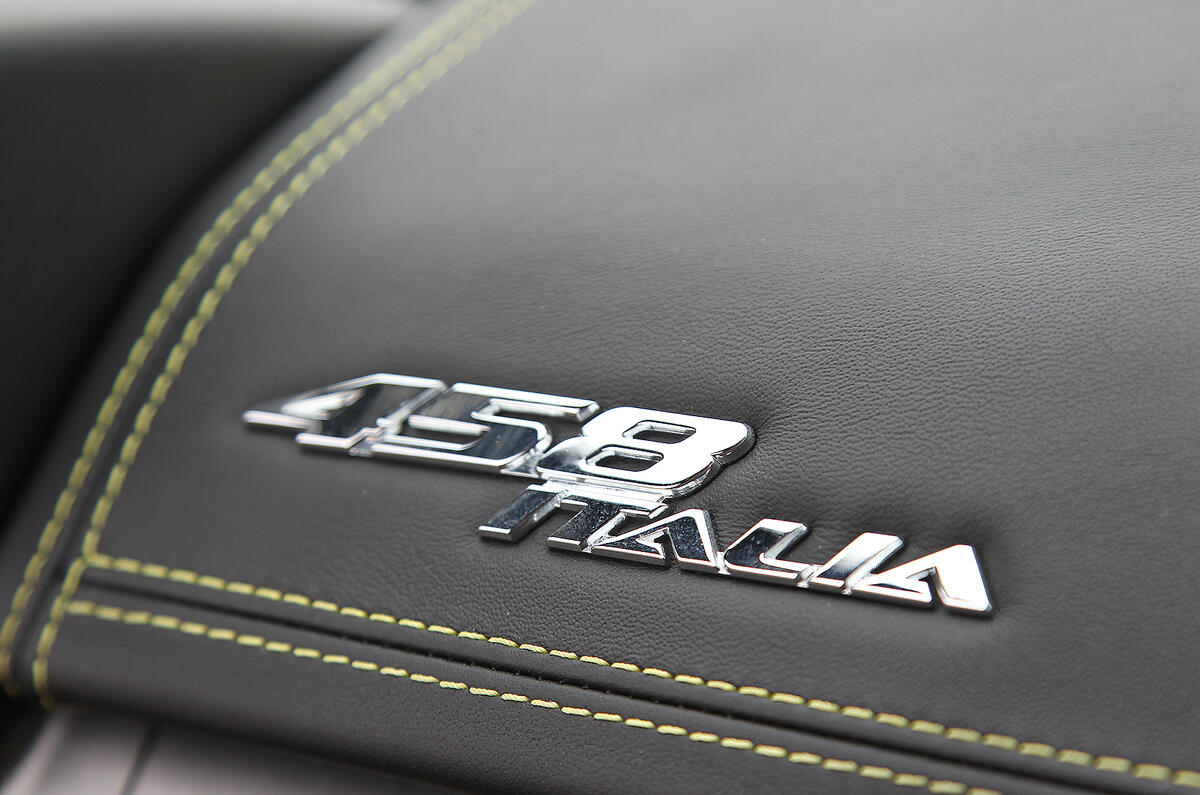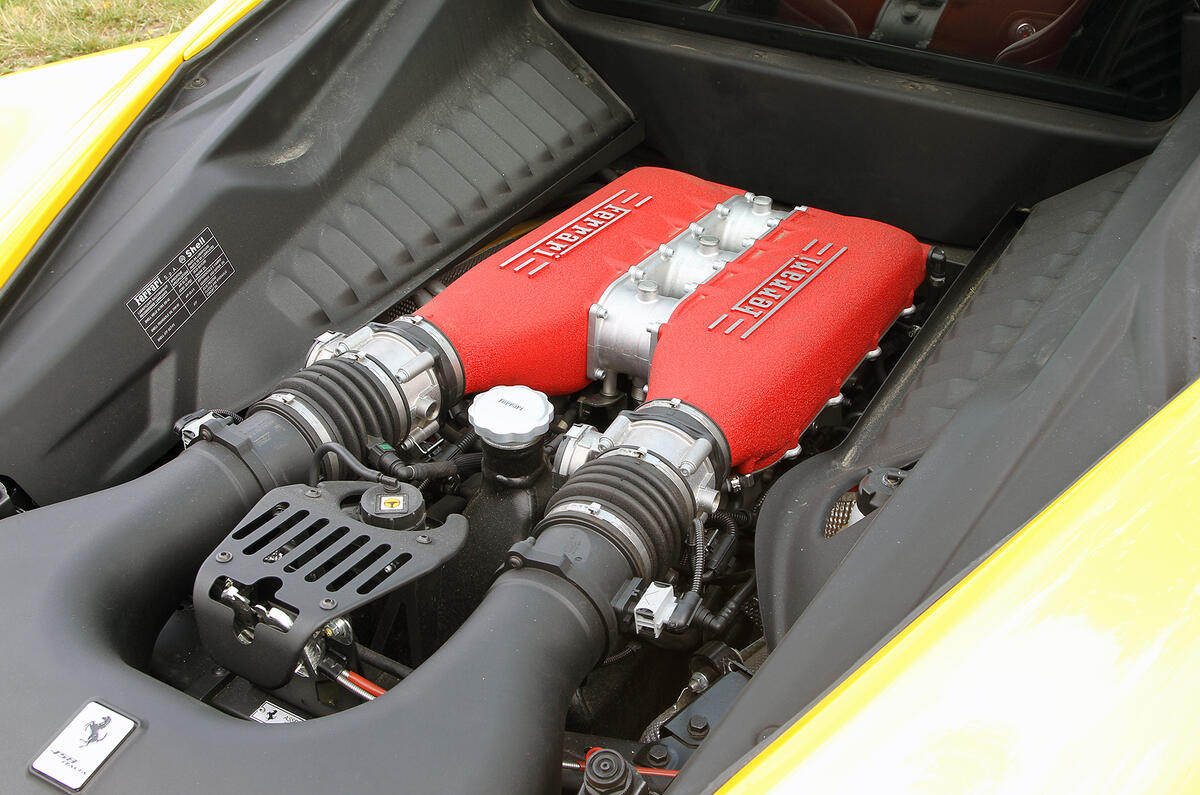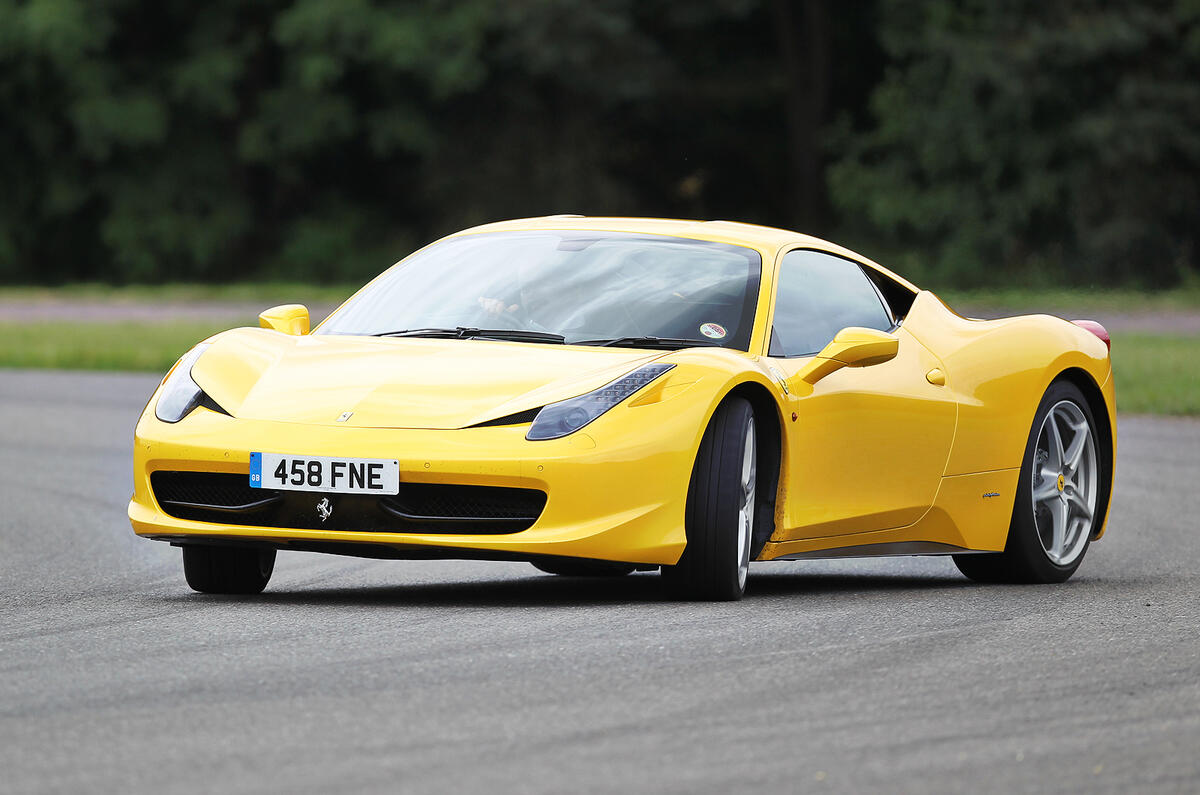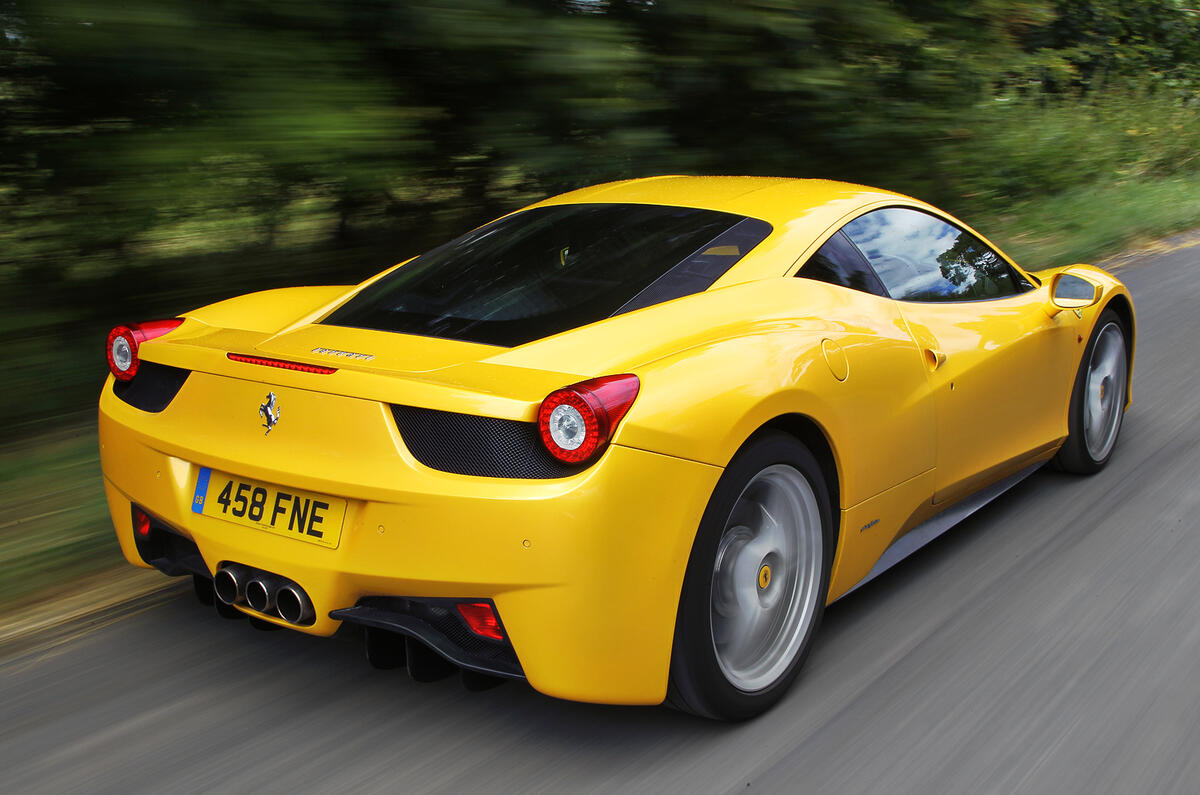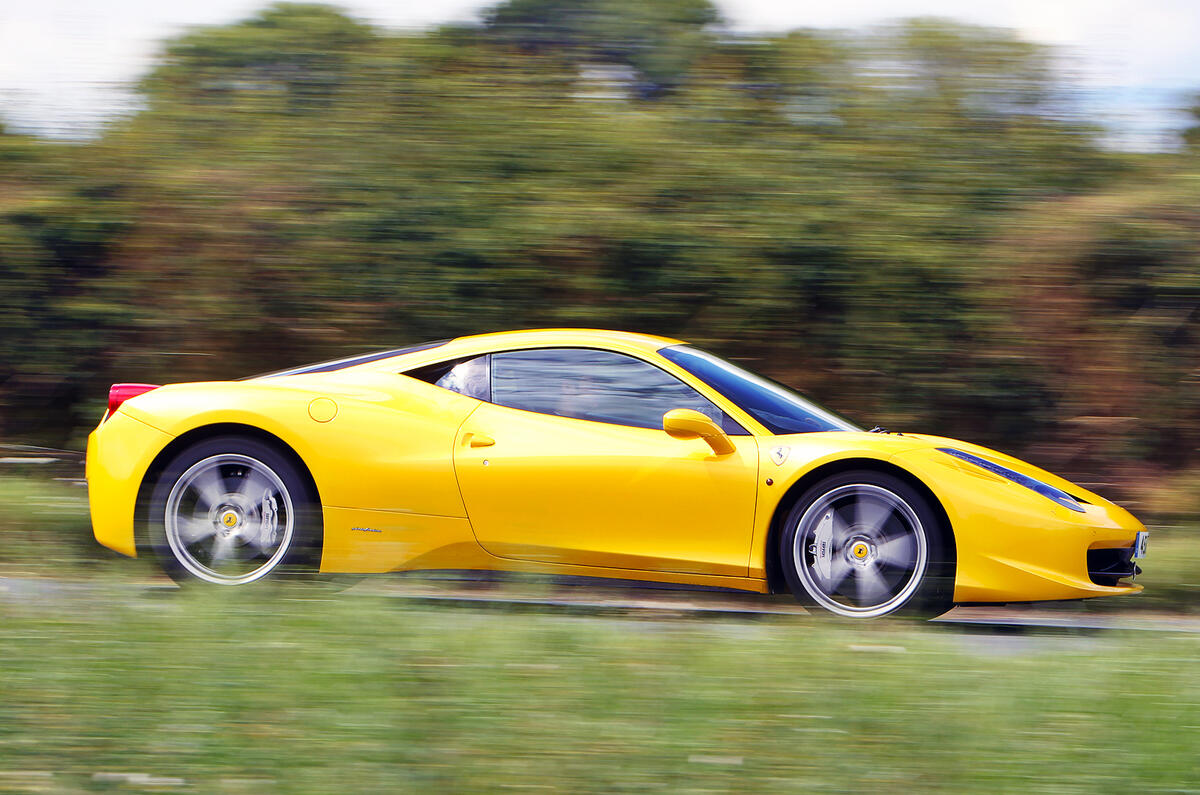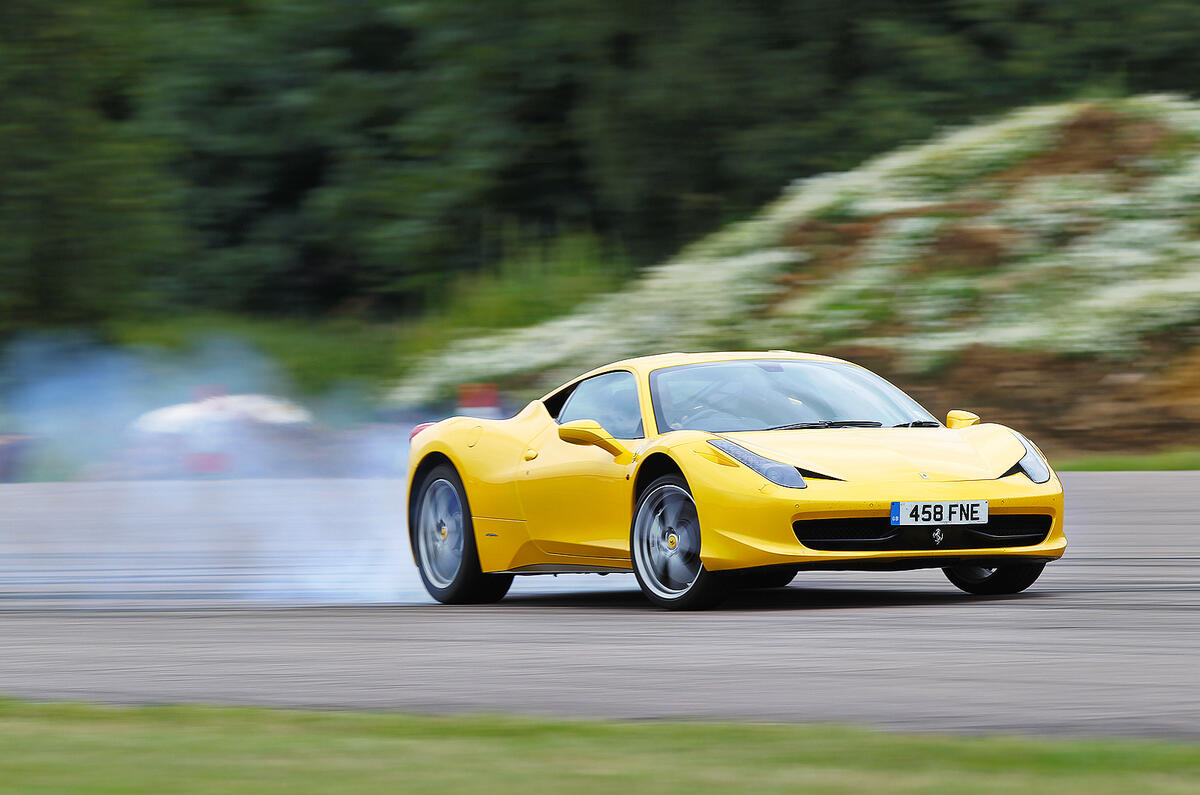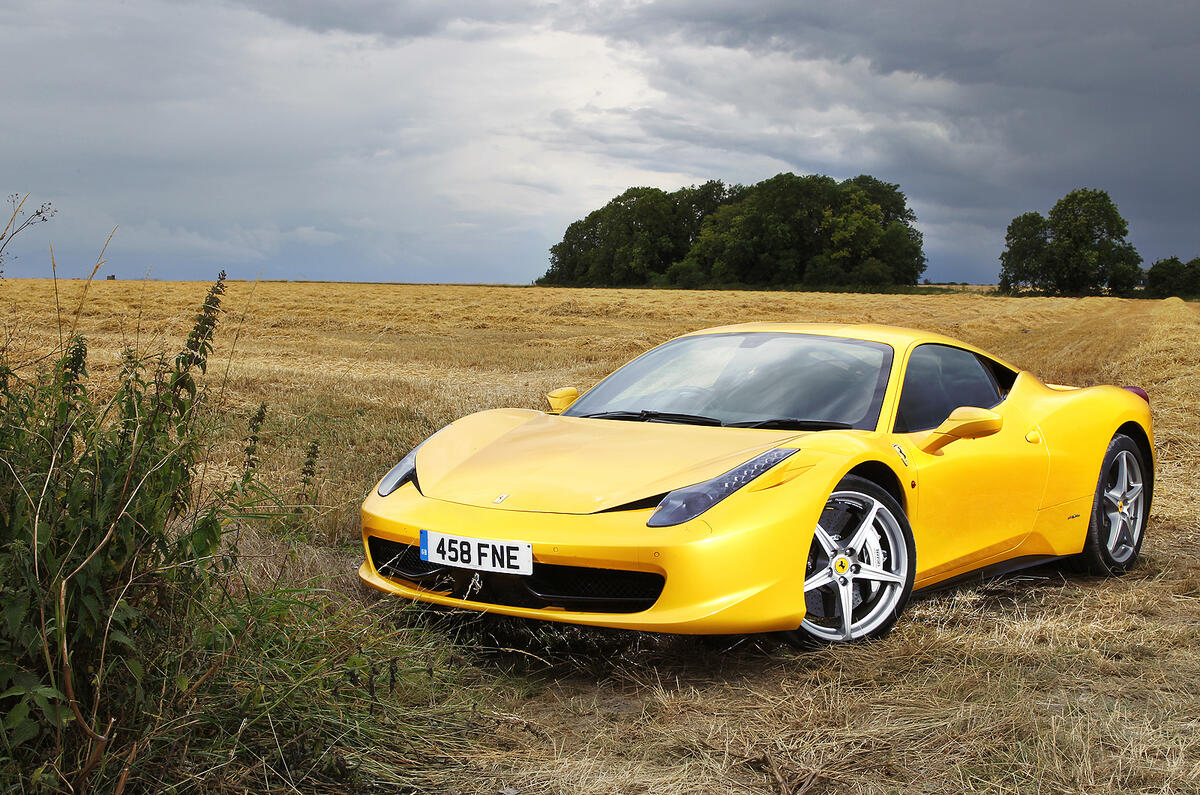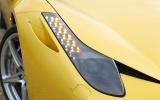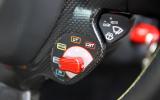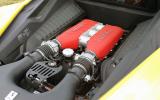Is the Ferrari 458 Italia reliable?
The 458 is a well-made and generally reliable supercar, especially compared to older Ferrari models. There are a number of important issues you need to be aware of (see list below) and be sure to check the car's history to see if it has been used on track.
Find a car with a full service history if you can, as this will give you peace of mind. A warranty from Ferrari is also sensible to avoid big bills should anything go wrong. There are also plenty of reputable Ferrari speciliasts in the UK, which means you don't need to go to a main dealer to service and repair your car.
Gearbox: Run the Getrag dual-clutch auto up through the gears to make sure the shifts are responsive. Damage to the speed sensor wiring can affect early examples, causing the ’box to miss gears.
Body: Look out for any bubbling on the wheel arches: corrosion isn’t uncommon on early cars and can be a costly repair, especially if the car is finished in a bright colour. Most 458s will have been specced with plenty of exterior carbonfibre, so take a good look at the side skirts, front splitter, rear diffuser and any other elements for damage.
Fire risk: The adhesive in the rear wheel arches can get too hot and spontaneously combust. Ferrari quickly recalled all 458 models in 2010 to have new liners fitted at local dealers. Check any required remedial work has been done.
Convertible roof: Electric roof on the Spider can jam when opening so ensure it works properly. Water can seep into the cabin: look out for damage or staining on the roof lining.
Brakes: Carbon-ceramics are expensive to replace. A new set of discs and pads, and the labour to fit them, can cost around £10,000.
Tyres: Make sure the tyres, particularly the rears, aren’t excessively worn. A set of four will set you back around £1600.
Wheels: Inspect the alloys for kerbing, especially diamond-cut items that cost a fortune to refurbish. You can get new sets second-hand but expect to pay anywhere between £1500 and £3500.
An owner’s view
Ben McCaulder: “I’ve owned my Ferrari 458 for three years now. With its normally aspirated V8 and Pininfarina design, it was the perfect choice for my first supercar. I was encouraged by their known reliability and easier maintenance than earlier cars. Servicing is reasonable, but I’ve had to pay for a few repair bills – a wheel bearing and a wiring issue. Not cheap, but not bad. What has surprised me most is its usability. It will rev to 9000rpm and dance like a true supercar but then be perfectly civil when you drive it normally.”
Also worth knowing
The 458’s soundtrack is pure Formula 1, but if you want even more noise, there are plenty of aftermarket alternatives. Capristo, Novitec and IPE Valvetronic are mentioned heavily in forums. Just watch for de-cat systems, which may void your warranty and may also be too loud for track days.


